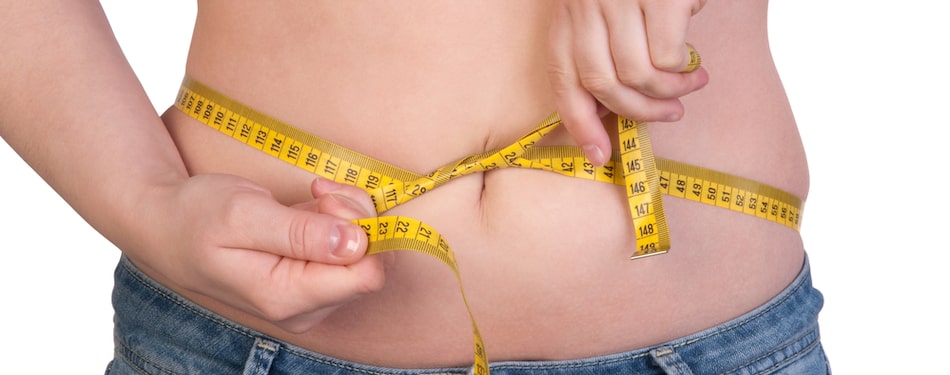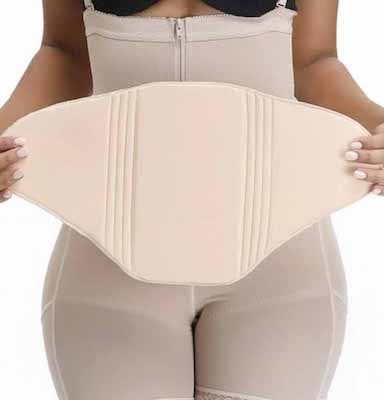
No matter how hard you try and get rid of excess fat on the body, there is still some stubborn fat that is resistant to removal through diet and exercise. One of the most popular cosmetic surgery options to eliminate stubborn fat is liposuction that can remove unwanted fat on a permanent basis. Some of the most popular areas of the body where liposuction can be performed include the abdomen, butt, and hips. If you are thinking about having liposuction, here is what you need to know about the recovery process to make it easier and successful.
The first thing you should remember about the liposuction recovery process is that it can be divided into the immediate recovery period as well as the long-term recovery after the surgery.
The immediate recovery period after liposuction is considered to be the first week after the treatment (before you can return to work) and then a period of four to six weeks before you can resume any physical activities.
Immediately after the procedure, you will need to wear a compression garment in order to help contain the swelling that will happen after the surgery. You will also feel some pain and mild discomfort. After three to five days, the doctor will check on the incisions created during the procedure.
Long-term recovery takes about three months as the swelling begins to decrease over time. The final results will not be completely visible until the post-surgery swelling has decreased.
 The recovery process is different for each patient but here are some common recovery tips that can help you after the procedure:
The recovery process is different for each patient but here are some common recovery tips that can help you after the procedure:
Even if you are not feeling too much in the way of discomfort, you will need to be careful and make sure you do not resume your regular activities too quickly. If you are overly active too soon after the surgery, you can cause extra swelling and pain to happen which can impact the recovery process.
Since liposuction is a surgical procedure, there are some complications that might occur after the surgery. Some of the most common complications include bruising, sharp pain, skin discoloration, redness, irregularities in the skin such as rippling and deformities of the contour, scarring, and skin necrosis.
In general, the doctor will remain in close contact with you during the first part of the recovery process in order to monitor your recovery. You will need to attend a follow-up appointment with the surgeon a few days after the procedure and also contact your doctor immediately if you experience any of the previously discussed complications. The doctor will discuss how to avoid these complications (in advance of the surgery) as well as how to treat them if they do occur once you return home.
No matter how big or small the complication might appear to be, you should chat with your doctor to address the issue and to keep the lines of communication open with the medical professional.
One way to help the recovery process is making sure the surgeon is board-certified and experienced in performing liposuction. Knowing that your surgeon is experienced in performing liposuction will give you peace of mind entering the recovery process. Ask to see “before and after” photos of actual patients treated by the surgeon to get a better idea of the type of results you can expect to see after the procedure.
Liposuction is a major surgical procedure, and it should not be entered into lightly. You need to know the pros and cons of the surgery and also what to expect (in advance) when it comes to the steps involved in the recovery process. If you enter the liposuction process with the proper amount of knowledge, you will have the necessary education to ensure a successful recovery period after liposuction.
- MA